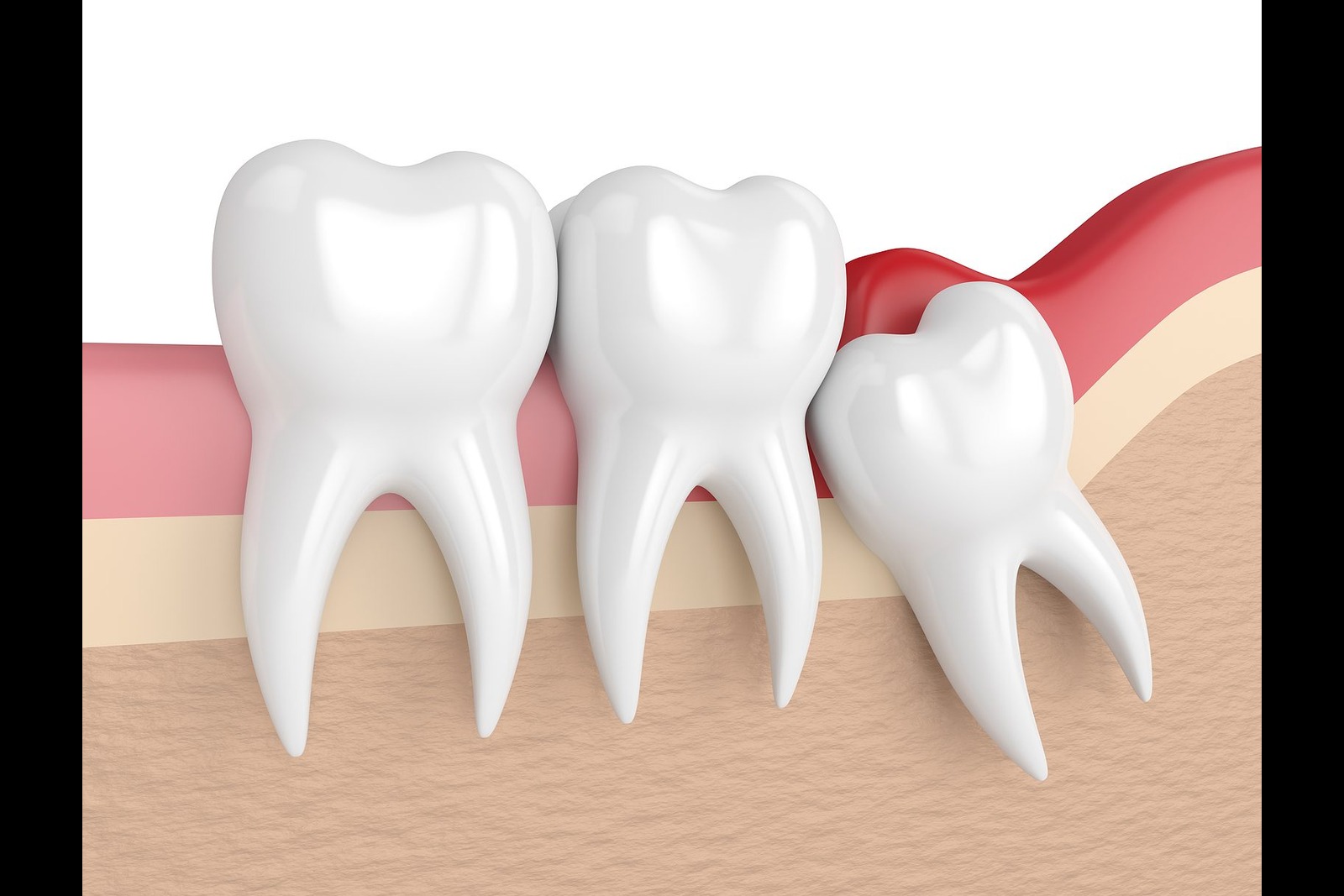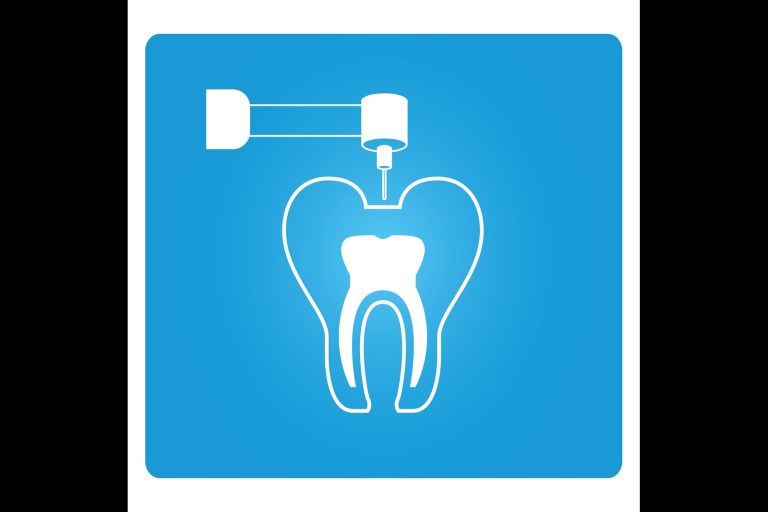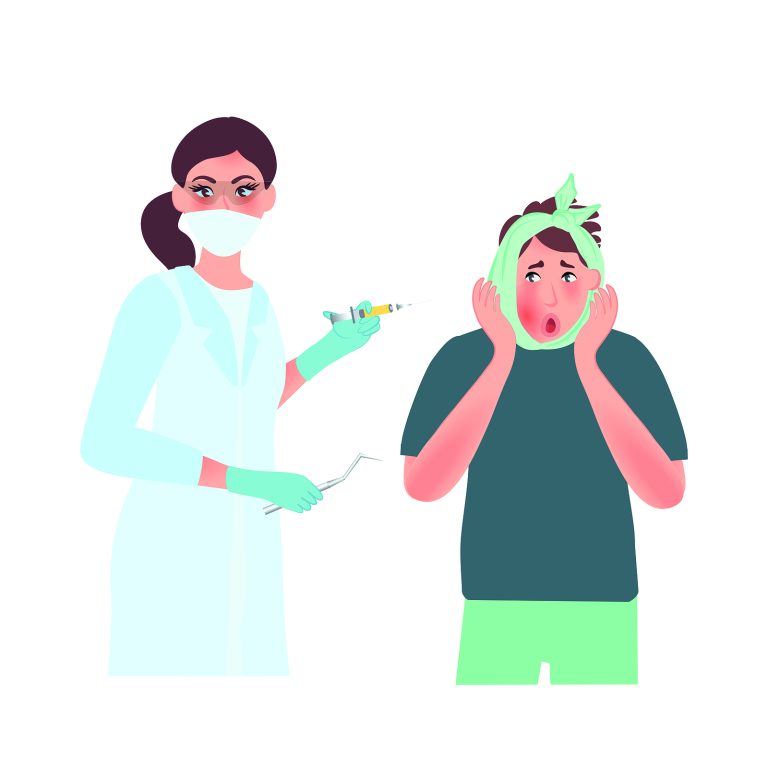There are a number of types of dental infection, and whilst they often manifest in extremely different ways, there are often some commonalities between them.
Whether the infection is in the tooth itself, the gum or elsewhere in the mouth, a dental infection typically will not get better on its own and will usually require either dental treatment, amoxicillin antibiotics or a combination of the two in order to get better.
One particularly unusual infection that can be found in the mouth is pericoronitis, which can have quite varied symptoms and causes, but can cause considerable pain, discomfort and swelling if not treated quickly.
It is relatively uncommon, only occurring during a particular point in your life, but it can be extremely painful and have long-lasting effects if not treated effectively.
With that in mind, here is a brief explanation of pericoronitis, who it affects, what complications can come from it and what treatment looks like.
What Is Pericoronitis?
Pericoronitis is an inflammation and infection of a gum flap in your mouth known as the operculum, which develops whilst your wisdom teeth grow in.
The process of wisdom teeth development can sometimes cause a rip or a flap in the gums which rests over the tooth as it slowly grows up to its final point in the mouth.
Not only is the gum flap sensitive and often a source of pain, but it can also expose the tooth and the gums to bacteria simply through eating and drinking. However, because of its placement, it can be hard to access when cleaning your teeth or even when using mouthwash.
Pericoronitis is what results when this gum flap gets infected, either through an accumulation of bacteria or if you accidentally bite or bite off the flap with your other teeth.
There are two forms of pericoronitis:
- Acute cases tend to be sudden, relatively brief in duration, but can cause quite serious symptoms similar to more advanced-stage dental infections.
- Chronic cases, which are relatively minor to the point of having few noticeable symptoms, but will recur.
The most common symptoms are general pain in the wisdom tooth, sharp pain when biting, swelling, pus and an unpleasant smell or taste coming from the infection.
Who Does Pericoronitis Most Commonly Affect?
Pericoronitis typically only affects teeth that are growing into the gums, so that limits who can be affected by the infection to people who have yet to have their wisdom teeth develop.
Exactly when this is can vary, but whilst for most people it is around the age of 19 or 20, for others it can be as late as 29 or 30, although this can itself cause complications.
It can also, somewhat more rarely, affect children and teenagers when their teeth come in, but it primarily affects young adults.
Another major factor is that it affects people whose wisdom teeth have not completely developed. In particular, gum flaps tend to form on the lower molars rather than the upper ones, so people with fully developed bottom wisdom teeth are less likely to be affected.
A poor standard of oral hygiene is also a factor, as this can expose the mouth to more bacteria and thus increase the risk of infection, particularly in a part of the mouth unlikely to be adequately cleaned.
People with excess gum tissue may also be more likely to develop gum flaps, and therefore more likely to have to deal with infection.
Finally, pregnancy, chronic fatigue, stress and mental health conditions such as depression can all increase the risk of dental infections more broadly, and thus by extension the risk of pericoronitis.
As with any other dental infection, however, pericoronitis is not a marker for poor health more broadly and can happen to anyone with a gum flap.
Are There Any Complications Associated With Pericoronitis?
As with other dental infections, pericoronitis will not get better on its own, although whether it will remain relatively innocuous, progress slowly or lead to major complications can vary significantly.
It is possible for the swelling to progress, which can cause issues with moving the mouth or even lockjaw in some situations.
The two most concerning complications are sepsis, where the infection spreads into the bloodstream and can become a life-threatening condition, and Ludwig’s angina, where the swelling spreads to the neck and risks closing off the airway.
How Is Pericoronitis Treated?
Treatment will depend on the type of infection and its severity, but it typically involves the use of antibiotics, dental treatment or a combination of the two.
The first step is to clear the infection using antibiotics. A complete course can sometimes be enough to end the infection and encourage the tooth to grow through normally.
If not, then you may have a surgical procedure to either remove the gum flap or remove the problematic tooth entirely to avoid infection.







